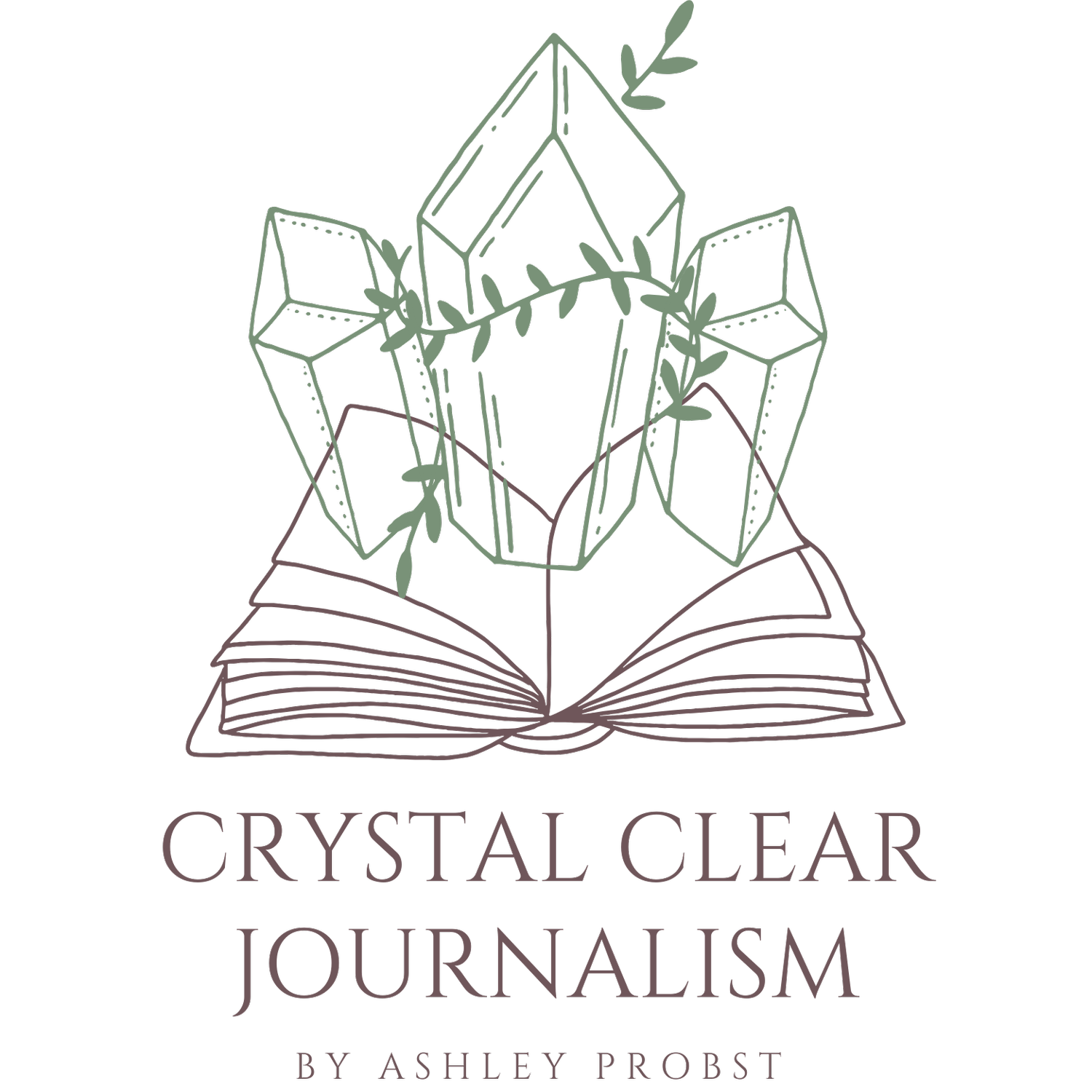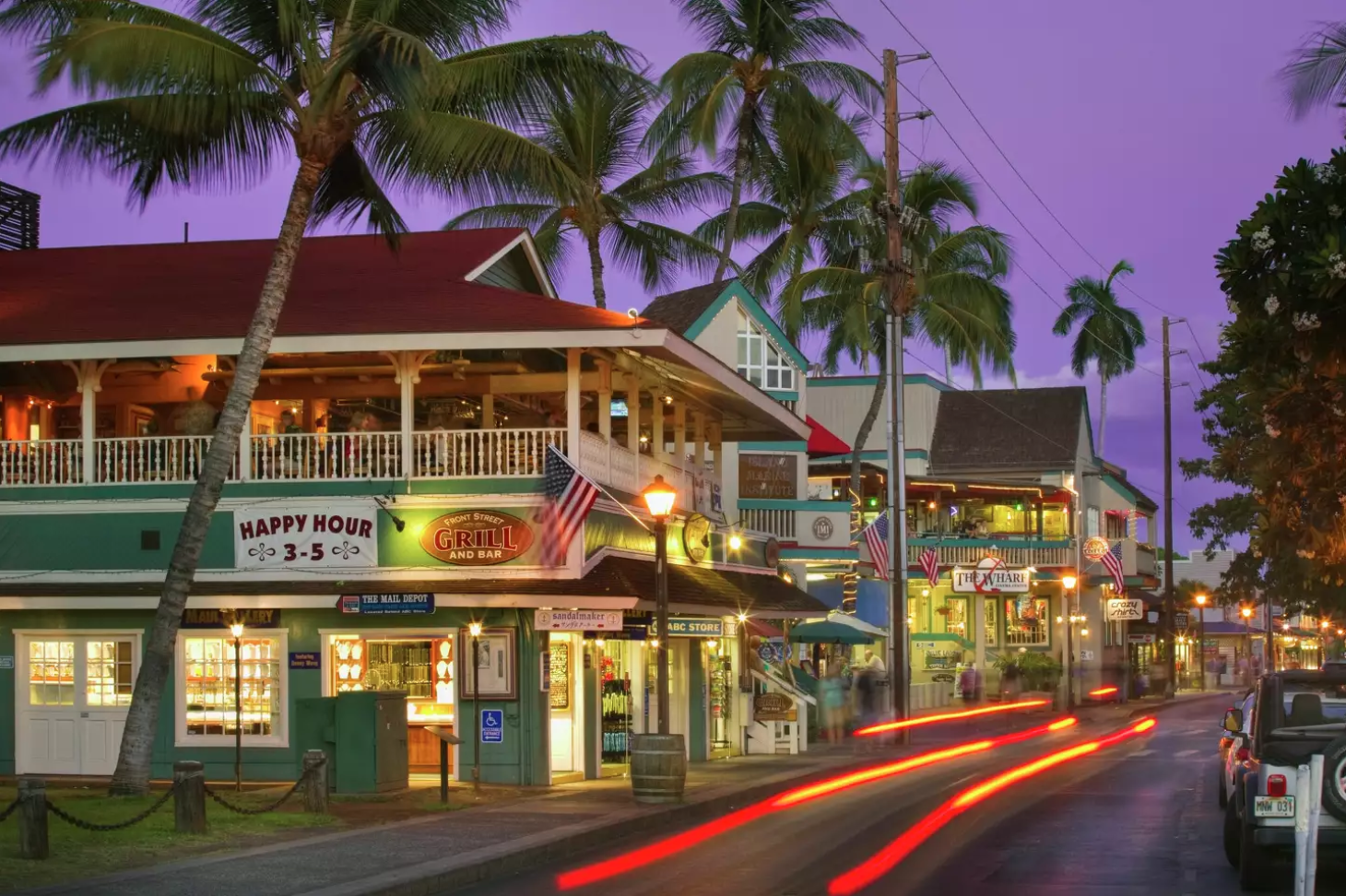Maui still 'no ka oi,' Hawaii resident whose family home was destroyed remembers Lahaina as it was
A Maui wildfire destroyed the author's Lahaina home. Her family has set up a GoFundMe page here. // Ashley Probst
In recent days, the international news cycle has been filled with visuals of Lahaina, Maui, after a wildfire decimated the historic Hawaii town. As the world watches through the lens of breaking news reports and trending hashtags on social media, those of us who call this island home find ourselves immersed in the aftermath of unprecedented loss.
As someone who was born and raised here, to a family with generational roots in this town, Lahaina is more than just a headline or statistic — it’s the core of my existence and the heart of Hawaii. This creates a distinct perspective formed through my experience grieving the loss of my hometown and multigenerational home while witnessing the resilience of my community.
On the island of Maui, Lahaina's Front Street buildings were filled with shops, restaurants, bars and art galleries. // Jon Hicks/Getty Images
The seaside town has a rich history as the original capital of the Hawaiian Kingdom, before it was moved to Honolulu. It represents the past, present and future of both Hawaii and my family, who have resided here since 1884.
Hawaiian royalty also once called Lahaina home, and my typical route through town takes me past some of those dignitaries' gravesites.
The banyan tree is the largest in the U.S., and my dad has fond memories of playing on its roots and vines as a young boy.
The Baldwin Home in Lahaina was the oldest house standing on the island of Maui before fires destroyed it. // Hawaii State Archives
Iconic locales like the Pioneer Inn and the Banyan Inn — which was turned into a marketplace and owned by my family, who also owned the adjacent apartments — have been popular spots for visiting celebrities, including Mark Twain, Frank Sinatra, Katherine Hepburn and Jacqueline Kennedy, to name a few.
The Baldwin House Museum is run by the Lahaina Restoration Foundation, which led efforts to maintain and record historical documents, as well as artifacts from every era of the town’s history, from precontact through statehood and the beginning of tourism.
Many of these significant sites are along Front Street, which is also the street that my dad has lived on for 46 years. He and his siblings signed their names in the fresh cement outside our family’s home. This is where my parents brought me after I was born and where I spent the first 17 years of my life.
The author and her dad in their former kitchen. // Ashley Probst
Growing up, many of my friends lived in a gated community on my block called Puamana, which was previously a sugar cane field in the early 1900s. Back then, fate brought together two Japanese immigrants who were working at the manager’s residence and ultimately laid the foundation for my dad’s lineage.
Perhaps my ancestors met in the same spot where I had my first kiss or where I learned how to ride a bike, near one of the places I would stow away during games of hide-and-seek, or in the gazebo where my friends and I would later gather to drink and talk story in our adult lives.
An archival photo of Front Street in Lahaina on the island of Maui. // Hawaii State Archives
But while we were still kids, our drug of choice was sugar. One of our favorite things to do was go on missions into downtown Lahaina to buy candy from the ABC Store, which was best enjoyed while people-watching on Front Street.
On special evenings, my family almost always opted to dine at one of Lahaina’s ocean-view restaurants, namely Ruth’s Chris Steak House or Kimo’s. One of my favorite childhood memories is of my surprise 16th birthday party, which my mom threw for me at Hard Rock Cafe.
My elementary and middle school years were spent at Sacred Hearts School, where my teachers encouraged me to become the writer I am today and even helped me publish my first article in a local newspaper.
When the final bell rang, the other students and I would flock to the market across the street at Dickenson Square for after-school snacks. As I matured, I would return to that same complex to visit my hair stylist and esthetician, both of whom have always made me feel beautiful.
Sunset over Front Street in Lahaina on Maui. // chrys35/Getty Images/iStockphoto
When it was time for me to transition into high school, my dad insisted that I go to Lahainaluna High School — and I’m grateful that he did. The oldest school west of the Rocky Mountains is a source of pride for the town and my family, as I was the fourth generation to attend.
Once I went off to college, it felt like every summer that I returned, the town changed just a bit.
But certain mainstays withstood the test of time, such as Cool Cat Cafe, home to the best burger on Maui; the Lahaina Public Library, where I fell in love with books and often volunteered; and Pakaloha Bikinis, a local favorite for swimwear. They served as a reminder that the Lahaina I knew was still alive and well.
I’ve since traveled across the U.S. and Europe, searching for somewhere that felt like home. Nothing has ever compared to Lahaina. The island called me back in 2021, and I’ve been blessed to live with my parents in our Front Street home since then.
This tree in Lahaina, Maui, is the largest in Hawaii and was planted in 1873. // Photo by Meredith Narrowe/Getty Images
But now, nearly every locale that I previously named is gone.
The only aforementioned structure that still stands is Lahainaluna High School — a beacon of hope for Lahaina and all who hold the town dear.
A silver lining of this tragedy has been seeing the community come together to support and care for one another. Residents are driving in truckloads of supplies and have taken to delivering necessities via boat when road access has been blocked. We are housing one another, helping each other locate missing loved ones, spearheading organization where the local and federal governments are lacking, and crying together over this immense loss.
This is the core meaning of aloha, and it proves why Maui still is, and will always be, no ka oi.










